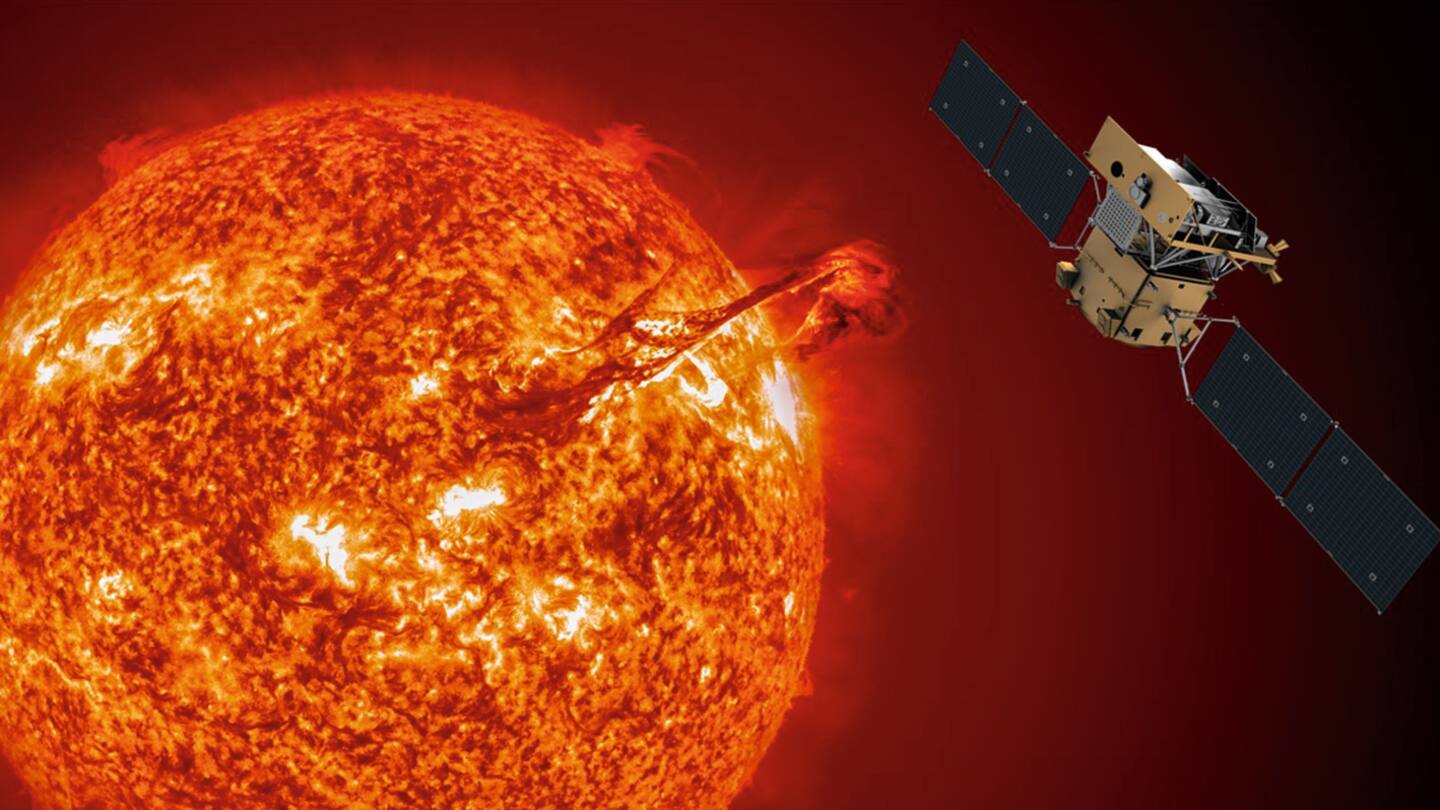
Everything to know about China's first dedicated solar observatory
What's the story
China is preparing for the launch of the Advanced Space-based Solar Observatory (ASO-S) on October 9 from Jiuquan Satellite Launch Center. The $126 million ASO-S will orbit 720km above the Earth's surface. The objective during its four-year mission is to decipher the interrelation between the Sun's high-energy emissions and its magnetic field. It is packed with a magnetograph, a coronograph and an X-ray imager.
Context
Why does this story matter?
China had originally perceived such an idea in the 1970's. The ASO-S is their first dedicated observatory with sophisticated equipment to be sent off into space. What makes it all the more interesting is that the observatory would be in orbit during the peak of the solar cycle in 2024-2025. ASO-S might provide crucial information as it can scan multiple wavelengths of light simultaneously.
Mission
ASO-S is specially designed to study eruptions from the Sun
ASO-S, also nicknamed Kuafu-1, is uniquely equipped to survey an important region of Sun called middle corona, the center of solar storms. To this date, this area hasn't been completely visualized in the ultraviolet spectrum. On top of that, the primary objective of this mission is to provide insights into the fundamental phenomena governing the powerful eruptions emerging from the Sun's dynamic magnetic field.
Mergers
Collaborations with other solar observatories can be expected
The Chinese physicists permit open-access to ASO-S data during the initial six months of the mission. The coronagraphs of ASO-S and European Space Agency's Solar Orbiter are identical. The two observatories, from their different locations, would produce complementary observations of the Sun. The first authentic measurements on the 'directivity' of solar flares can be obtained by combining the X-ray data from these two observatories.
Information
ASO-S can forecast weather in space
China's ASO-S will join other solar missions which are already in progress in space. "These are very exciting times for solar physicists in China and around the world," says Eduard Kontar, astrophysicist and a member of the mission's science committee.